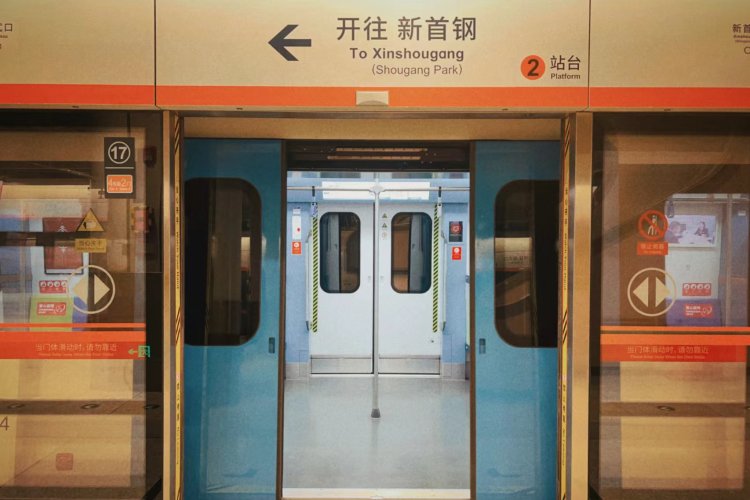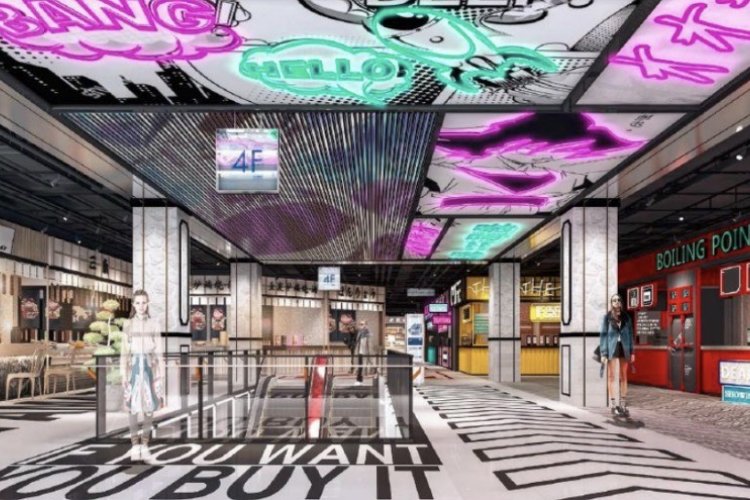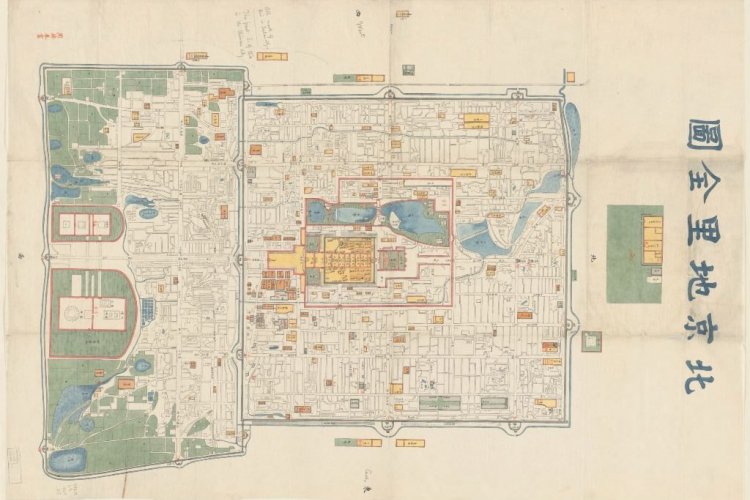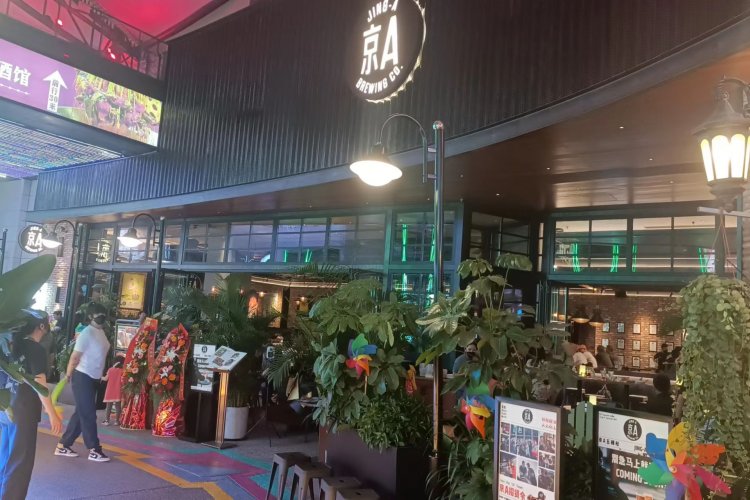Hutong Heritage: Shijia Hutong Museum Preserves the Courtyards
Opened in November with funding and support from the Prince’s Charities Foundation China and the Chaoyangmen local government, Shijia Hutong Museum is the first facility in Beijing specifically established to preserve hutong history. While the capital is dotted with courtyards offered protection either as outstanding examples of hutong homes or for their famous previous occupants, only this museum has been set aside as a model hutong in its own right.
About 200 meters north of contemporary Jinbao Jie and the Dongdan shopping area, this part of town may not evoke the hutong atmosphere more familiar to residents of Gulou. However, Shijia Hutong itself has been protected for its entire length, stretching about one kilometer from Dongsi Nandajie/Dongdan on its western side to Chaoyangmen Nanxiaojie in the east.
With Beijing potentially set to lose as much as 20 percent more of its remaining hutongs, the museum’s opening couldn’t come at a better time to foster appreciation of the city’s most distinctive style of architecture, and along with it, a neighborhood way of life that has disappeared from a city the population of which has grown 20 times over the last 60 years.
The former residence of two well-known writers, Chen Xiying and Ling Shuhua, the courtyard at 24 Shijia Hutong is actually unorthodox in that the visitor enters via a northfacing door, whereas most hutong homes specifically face south to keep out cold winter winds and northern barbarians. The doorway features the customary step, the height of which denoted the homeowner’s rank (that’s why doorframes at the Forbidden City are like hurdles).
The displays are presented in clear English and Chinese. Many of the museum’s multimedia displays are also bilingual, although finding the English menu may require staff assistance.
Most of Beijing’s hutongs date to the Yuan or Mongol dynasties, and a panel near the entrance of the first display hall speculates that the term hutong comes from the Mongolian word for “well.” Other possible explanations include 13th century pronunciation of the word for “alley,” passed down through the ages. The name Shijia Hutong is believed to originate from that of a late Ming dynasty official, Shi Kefa, whose family lived in the area. Beijing was later subdivided and local control given to Qing dynasty military officials, known as “bannermen”. The bordered white banner flew over this particular hutong.
Another panel discusses how Beijing’s hutong-based city planning is much like that of Manhattan, on a north-south grid that made navigation easy. Using this type of grid also allowed for efficient apportioning and sale of land, and for more dense habitation, along with increased opportunities for commerce and employment within a limited area. According to the display, in 1949, 1.3 million people lived in the 62.5 square kilometers of the old city. New York’s population at the time was greater, but less dense.
Also in the first display area are scale models of Shijia Hutong in 1949, and of number 24, in which the museum is now housed.
Perhaps the most distinctive feature of the museum is “Sounds of the Hutong,” near the back of the display area. Contained within what looks like a small recording studio, visitors may enjoy the sounds of a past age, from birds tweeting either in the trees or from cages; the distinctive calls of various street peddlers, selling traditional snacks, or vendors offering work or the sharpening of knives or scissors.
Nighttime sounds take one back to the Qing dynasty, when the time was called out every two hours, even if the beat or toll of the distant Bell Tower or Drum Tower were inaudible. It’s worth waiting for, even if there are others waiting to enter.
Other displays highlight the many residents of Shijia Hutong, both individuals and organizations, including an early foreigner, Count Ahlefeldt, who established the Danish legation in Shijia Hutong in 1920 and served as its “Envoy Extraordinaire and Minister Plenipotentiary.”
Groups included Beijing People’s Art Theater, which featured famous Chinese playwrights like Cao Yu. Renowned visitors included the People’s Republic’s first premier, Zhou Enlai, and early 20th century Chinese philosopher Dr. Hu Shih.
One downside to the museum is that despite its intent to act as an exemplar of hutong life, due to the numerous displays, the visitor quickly forgets that he or she is visiting a courtyard home. Although a door opens to the central courtyard on the west side of the property, many Beijing restaurants, historic homes and private residences do a better job of conveying the courtyard home feel.
Shijia Hutong Museum
Tue-Sun, 9.30am-4.30pm. 24 Shijia Hutong, Dongcheng District
东城区史家胡同24号
Photos: Mitchell Pe Masilun
Related stories :
Comments
New comments are displayed first.Comments
![]() ReneeWine
Submitted by Guest on Wed, 04/02/2014 - 18:35 Permalink
ReneeWine
Submitted by Guest on Wed, 04/02/2014 - 18:35 Permalink
Re: Hutong Heritage: Shijia Hutong Museum Preserves the...
梅兰芳 Mei Lanfang
![]() ReneeWine
Submitted by Guest on Wed, 04/02/2014 - 18:32 Permalink
ReneeWine
Submitted by Guest on Wed, 04/02/2014 - 18:32 Permalink
Re: Hutong Heritage: Shijia Hutong Museum Preserves the...
I suggest you to visit Mei Lanfang' home. It is located at 护国寺 .
Validate your mobile phone number to post comments.






